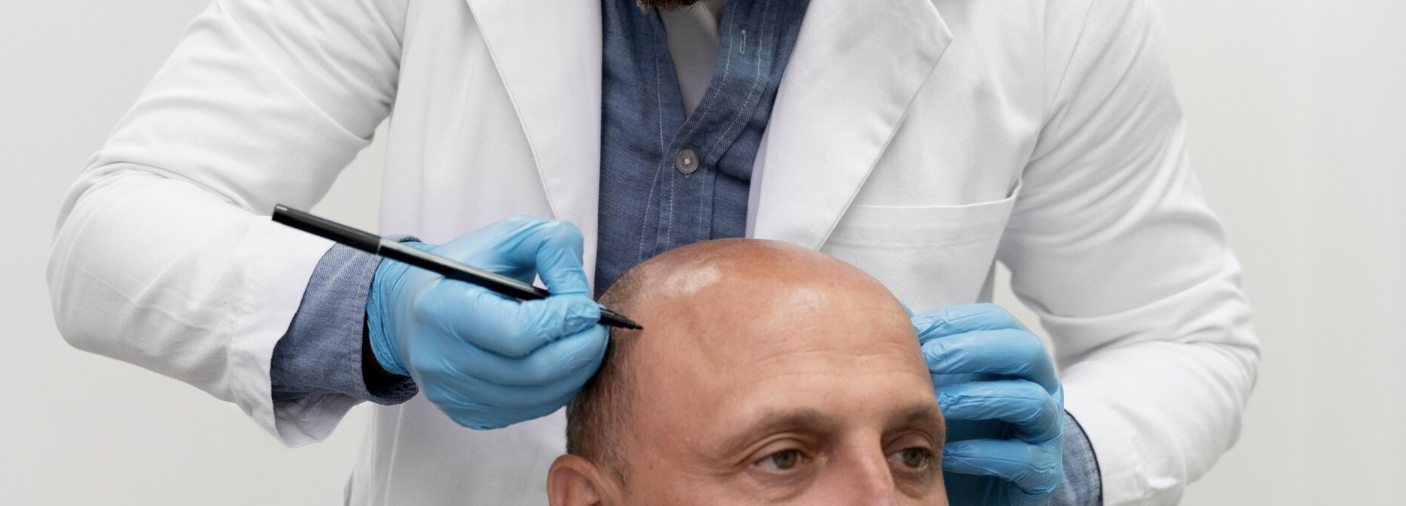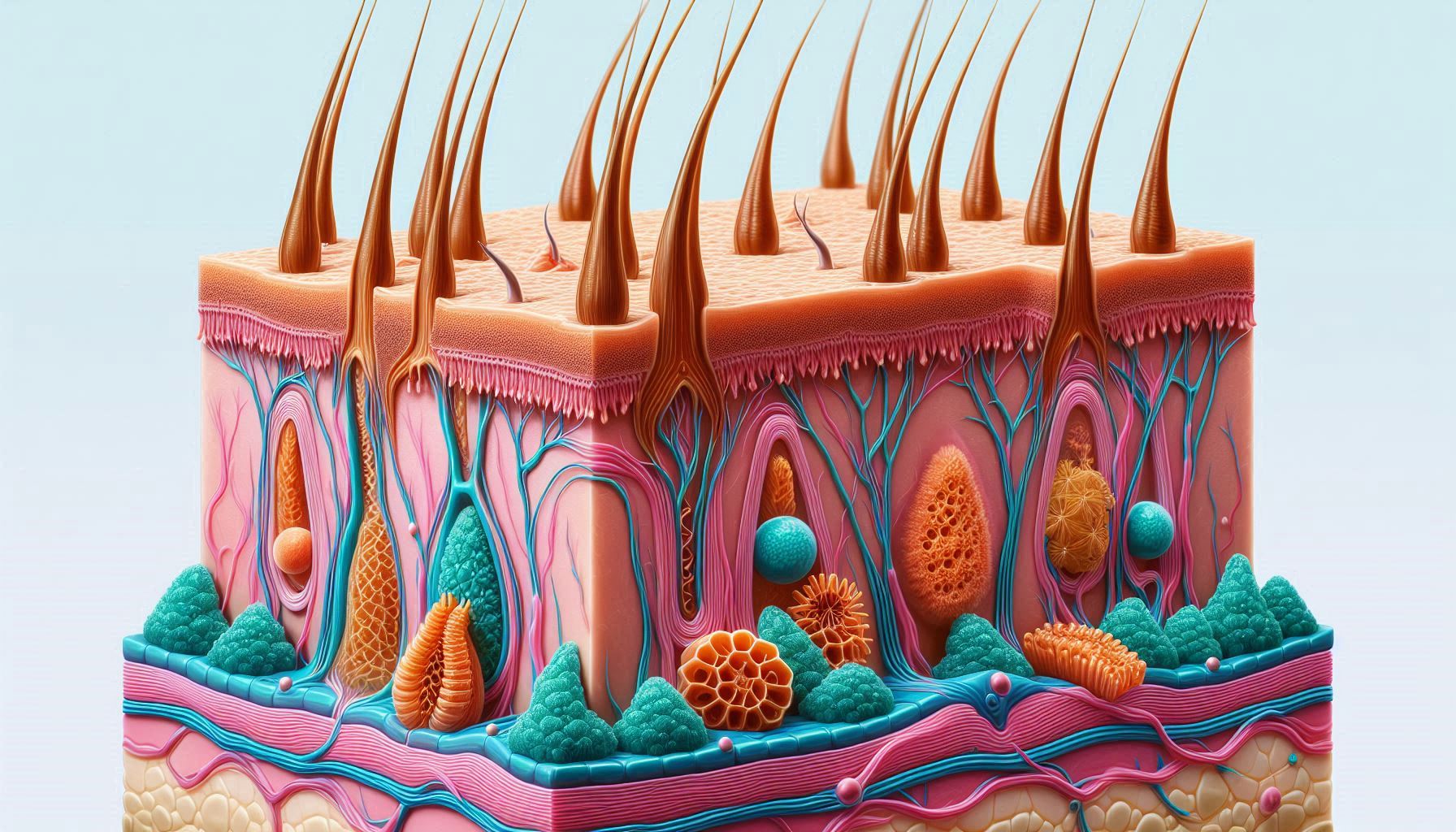
How long does hair restoration last?
Understanding Hair Restoration: How Long Does It Last?
Hair restoration has become an increasingly popular solution for those struggling with hair loss, offering a permanent way to regain a fuller, more youthful head of hair. However, one of the most common questions asked by those considering the procedure is, “How long does hair restoration last?” This blog will delve into the various aspects of hair restoration, how it works, and the longevity of the results.
What is Hair Restoration?
Hair restoration refers to a range of surgical and non-surgical treatments designed to restore hair growth in areas where it has been lost. The most common and effective method is hair transplantation, which involves moving hair follicles from a donor site (usually the back or sides of the head) to the thinning or balding areas. The goal is to create a natural-looking hairline and restore density in areas affected by hair loss.
Types of Hair Restoration Procedures
Before discussing the longevity of hair restoration, it’s important to understand the different types of procedures available:
1. Follicular Unit Transplantation (FUT)
FUT, also known as the strip method, involves removing a strip of scalp from the donor area, which is then dissected into individual follicular units. These units are then implanted into the balding areas. This method can transplant a large number of grafts in one session, making it ideal for those with extensive hair loss.
2. Follicular Unit Extraction (FUE)
FUE involves harvesting individual hair follicles directly from the donor area using a micro-punch tool. These follicles are then implanted into the recipient area. FUE is less invasive than FUT and leaves minimal scarring, making it a popular choice among patients.
3. Platelet-Rich Plasma (PRP) Therapy
PRP therapy is a non-surgical treatment that involves injecting platelet-rich plasma derived from the patient’s blood into the scalp. The growth factors in PRP stimulate hair follicles, promoting hair growth. This method is often used as an adjunct to hair transplantation or as a stand-alone treatment for those with early-stage hair loss.
How Long Does Hair Restoration Last?
The longevity of hair restoration results can vary depending on several factors, including the type of procedure, the patient’s hair loss pattern, and how well they care for their hair post-procedure. However, when done correctly by an experienced surgeon, hair restoration can provide long-lasting, often permanent results.
1. Longevity of FUT and FUE
Both FUT and FUE hair transplants offer permanent results. The transplanted hair follicles are taken from the donor area, which is typically resistant to the hormone dihydrotestosterone (DHT) responsible for hair loss. As a result, the transplanted hair should continue to grow for a lifetime, just like the hair in the donor area.
However, it’s important to note that while the transplanted hair is permanent, natural aging, and genetic factors can still cause thinning or hair loss in other areas of the scalp. In some cases, patients may require additional procedures in the future to maintain the desired density and appearance.
2. Longevity of PRP Therapy
PRP therapy does not provide permanent results like hair transplantation. Instead, it is often used to slow down hair loss and stimulate new growth. The effects of PRP can last anywhere from 6 to 12 months, depending on the individual’s response to treatment. Regular maintenance sessions are typically recommended to sustain the results.
Factors Influencing the Longevity of Hair Restoration
Several factors can influence how long hair restoration results last:
1. Patient’s Age
Younger patients may experience continued hair loss after the procedure, especially if they have not yet reached the full extent of their hair loss pattern. As a result, they may require follow-up procedures later in life.
2. Hair Loss Pattern
The pattern and severity of hair loss can also affect the longevity of hair restoration. Patients with more extensive hair loss may require more grafts or additional sessions to achieve and maintain their desired results.
3. Surgeon’s Expertise
The skill and experience of the surgeon performing the procedure play a significant role in the success and longevity of hair restoration. A well-executed transplant with careful planning and placement of grafts will yield longer-lasting results.
4. Post-Procedure Care
How well a patient follows post-procedure care instructions can impact the longevity of their results. Proper scalp care, avoiding excessive sun exposure, and following a healthy lifestyle can help maintain the health of the transplanted hair.
Maintaining Hair Restoration Results
While hair restoration offers long-lasting results, maintaining those results requires some effort on the part of the patient. Here are some tips for ensuring the longevity of your hair restoration:
1. Follow Post-Procedure Instructions
Your surgeon will provide you with specific instructions on how to care for your scalp after the procedure. Following these instructions carefully is crucial to ensuring the transplanted follicles take hold and grow successfully.
2. Use Hair Growth Products
Certain hair growth products, such as minoxidil or finasteride, can help maintain the density of your hair and slow down further hair loss. Your surgeon may recommend these products as part of your post-procedure care.
3. Regular PRP Therapy
If you’ve undergone PRP therapy, regular maintenance sessions can help sustain the results and promote ongoing hair growth. Your doctor will advise you on the appropriate frequency of these sessions.
4. Healthy Lifestyle
Maintaining a healthy lifestyle can also contribute to the longevity of your hair restoration results. A balanced diet, regular exercise, and stress management can all positively impact hair health.
FAQs About Hair Restoration Longevity
1. Is hair restoration permanent?
Hair restoration, particularly through FUT and FUE, offers permanent results. The transplanted hair follicles are resistant to hair loss and will continue to grow for a lifetime.
2. How soon will I see results after hair restoration?
Hair transplant results typically start to become noticeable within 3 to 4 months, with full results visible after 12 to 18 months.
3. Can hair restoration fail?
While rare, hair restoration can fail if the transplanted follicles do not take hold or if there are complications during the healing process. Choosing an experienced surgeon minimizes these risks.
4. Will I need more than one hair restoration procedure?
Some patients may require additional procedures if they experience further hair loss or if they desire greater density in the treated areas.
5. How long does PRP therapy last?
PRP therapy results typically last between 6 to 12 months. Regular maintenance sessions are recommended to sustain the results.
6. Can hair restoration prevent future hair loss?
Hair restoration can replace lost hair, but it does not prevent future hair loss in untreated areas. Maintenance treatments and medications can help slow down further loss.
7. What is the recovery time after hair restoration?
Most patients can return to normal activities within a few days after the procedure, but it may take several weeks for the scalp to fully heal.
8. Is hair restoration painful?
Hair restoration procedures are typically performed under local anesthesia, so patients experience minimal discomfort during the procedure. Some mild discomfort may occur during the recovery period.
9. Can I exercise after hair restoration?
Strenuous exercise should be avoided for at least two weeks after the procedure to prevent complications and ensure proper healing.
10. How do I choose the right surgeon for hair restoration?
When choosing a surgeon, look for someone with extensive experience in hair restoration, positive patient reviews, and before-and-after photos of their work.
Conclusion
Hair restoration is an effective and long-lasting solution for those experiencing hair loss. With procedures like FUT and FUE, patients can enjoy permanent results that help restore confidence and improve their appearance. While the transplanted hair will continue to grow for a lifetime, it’s important to follow post-procedure care instructions and maintain a healthy lifestyle to ensure the best possible outcome. For those considering hair restoration, consulting with a skilled and experienced hair restoration surgeon is key to achieving long-lasting, natural-looking results.




